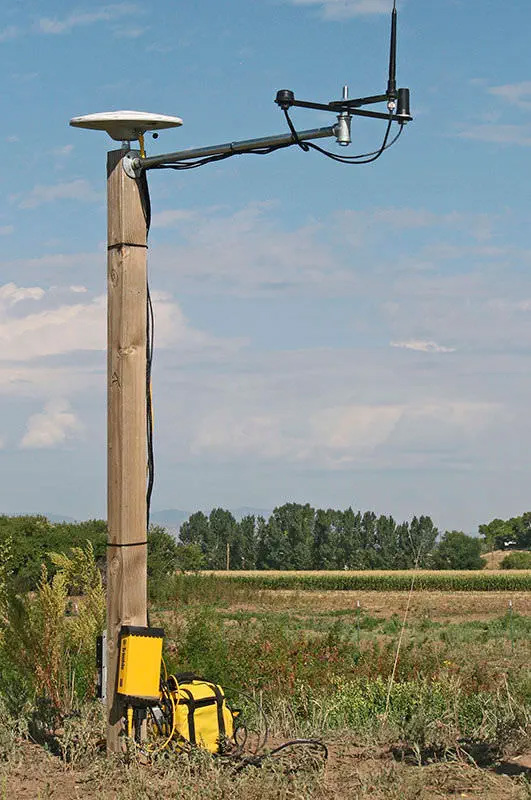If you’re interested in how the FireFly M220-AV autonomous mower might fit into your operations, here’s a look at the steps to determine if it’s a good fit.
An M220-AV on its way to a customer
Once your organization is identified as a potential candidate, we’ll need to determine its current autonomy eligibility.
- You’ll be asked to provide some details about your fields, such as
field type/layout, irrigation configuration, and cell coverage. - Our team will make a preliminary determination if your farm meets
the requirements for the current autonomy capabilities. - If you’re considered an appropriate candidate, we will complete a
site survey to verify eligibility and infrastructure needs.
What makes an organization eligible?
Criteria will change over time, but currently some of the criteria include:
- Relatively flat fields, at least 16-acres
- Good cell service
- No solid set irrigation or hand lines
- 2-ft buffer around pivots, risers, and field edge with tall grass or trees
While you’re waiting for your mower, we’ll be busy:
- Building your M220-AV with autonomy hardware
- Choosing and building corrections solution (NTRIP over cell or RTK base station, which may require a fixed pole or portable tripod mast) to improve location accuracy
- Setting up your organization, user accounts, and field maps in FireLink
- Setting up machine data in database


When your M220-AV arrives, our team will:
- Install base station using the existing mast and test functionality
- Recalibrate LiDAR sensors
- Train your team to use the REMI tablet and run the mower autonomously
- Teach paths to the mower
- Provide maintenance schedules
- Provide on-site support for two weeks


-
Autonomy subscriptions will include software updates, support, and cell service.
-
Support Portal connects you with Help Desk and a growing knowledge library.
-
Pilot program participants will also have additional Engineering monitoring for customer support.


